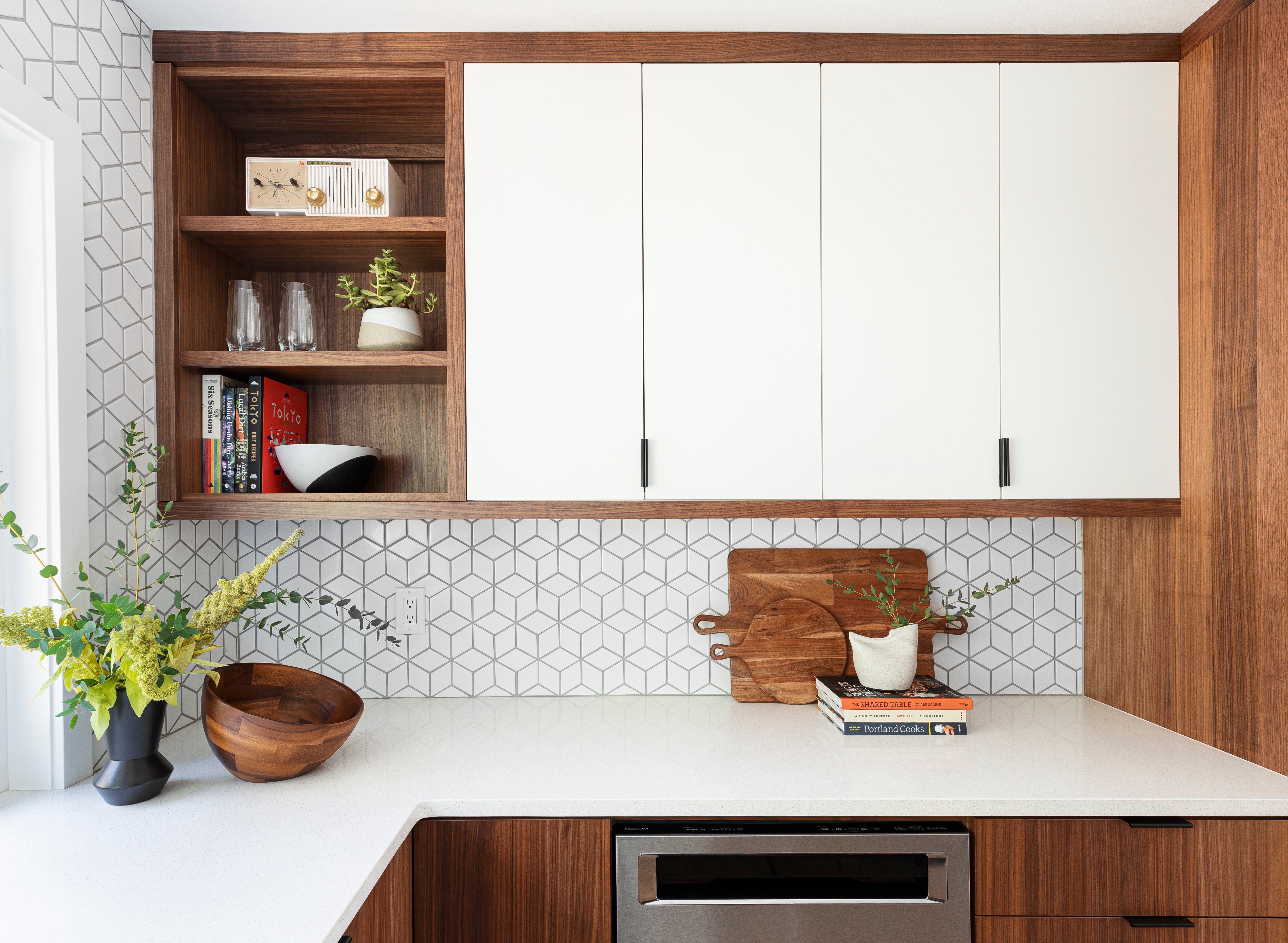When Connecticut designer Mandy Riggar wanted to ease her day-to-day workload without the risk and responsibility of a full-time employee, she found success outsourcing tasks like procurement and renderings to qualified virtual assistants.
My parents owned a construction company when I was growing up, so I always joke that I’ve been in the industry since I was a baby. Around the dinner table, we’d be talking about cash flow and payroll—entrepreneurship is very much in my blood. One of the things I’ve always known is that I wanted my own company [for] creative freedom and flexibility, not to have a big firm and hire people just to hire them. But last year, there was just too much on my plate, so I started looking for help. Virtual assistants have become such a thing recently, and I thought it would be a perfect way to bring on support without committing to a full-time hire.

My search process was simple: I Googled “virtual design assistant” and started comparing firms. There are a lot of them now, and they all tend to work along the same lines. You pair up with an assistant with certain specialties, and the firm charges you hourly at varying rates depending on what you need help with—$40 for project management, for example, or $68 for rendering services. Some of the firms have a minimum spend, but for the most part it’s pay as you go.
Even though it’s a virtual hire, chemistry still matters, and I ended up picking a firm mostly based on how I clicked with one of their assistants. One of the great things about the process is that you’re not limited to hiring people who live in your area and can physically be in the office. I actually hired assistants from two separate firms—one for procurement and another for rendering—because I wanted a renderer who uses the same software as I do. I’ve benefited from my procurement assistant’s experience, because she’s been in the industry for nearly 20 years, so she knows the vendors and the process well.
Once I signed up, there was definitely a learning curve. I had never explained my workflow to anyone else—the nuances of how I track shipping or do markups—and it took a while before the assistant could do that work on her own, but now it runs smoothly. I have all my projects set up in Asana, so we’re mostly communicating there. We also have a weekly video call, which helps us to stay on the same page and connect. We have a business-y relationship, but we know a little bit about each other’s lives, which I like.


The biggest benefit is the incredible flexibility. There are some months when I’ll have a ton of work I need to hand off, and others when it’s very light. If I had a full-time employee, I would be worried about constantly having enough work for them. Right now, because I charge clients for procurement, I can simply pass along those hours. When I was doing the procurement myself, I would sometimes find myself debating whether I could charge the client for all of it, but it’s different now that I’m contracting that work out.
One challenge of the arrangement is that my assistants both work with other designers, and there are some days when they’ll be unavailable during certain periods. If there was ever some kind of emergency, that could be a hiccup, but at the moment, it’s not a problem. It’s funny, though, because having the help has been so incredible that I find myself wondering about hiring someone full-time who is fully invested in the firm and with whom I can create a company culture. There’s an inevitable difference between having someone staffed through an agency who has other clients, and someone who is in it with you. That may be my next move.
Homepage image: Graphic tilework adds visual interest in a white-and-wood kitchen | Christopher Dibble




































